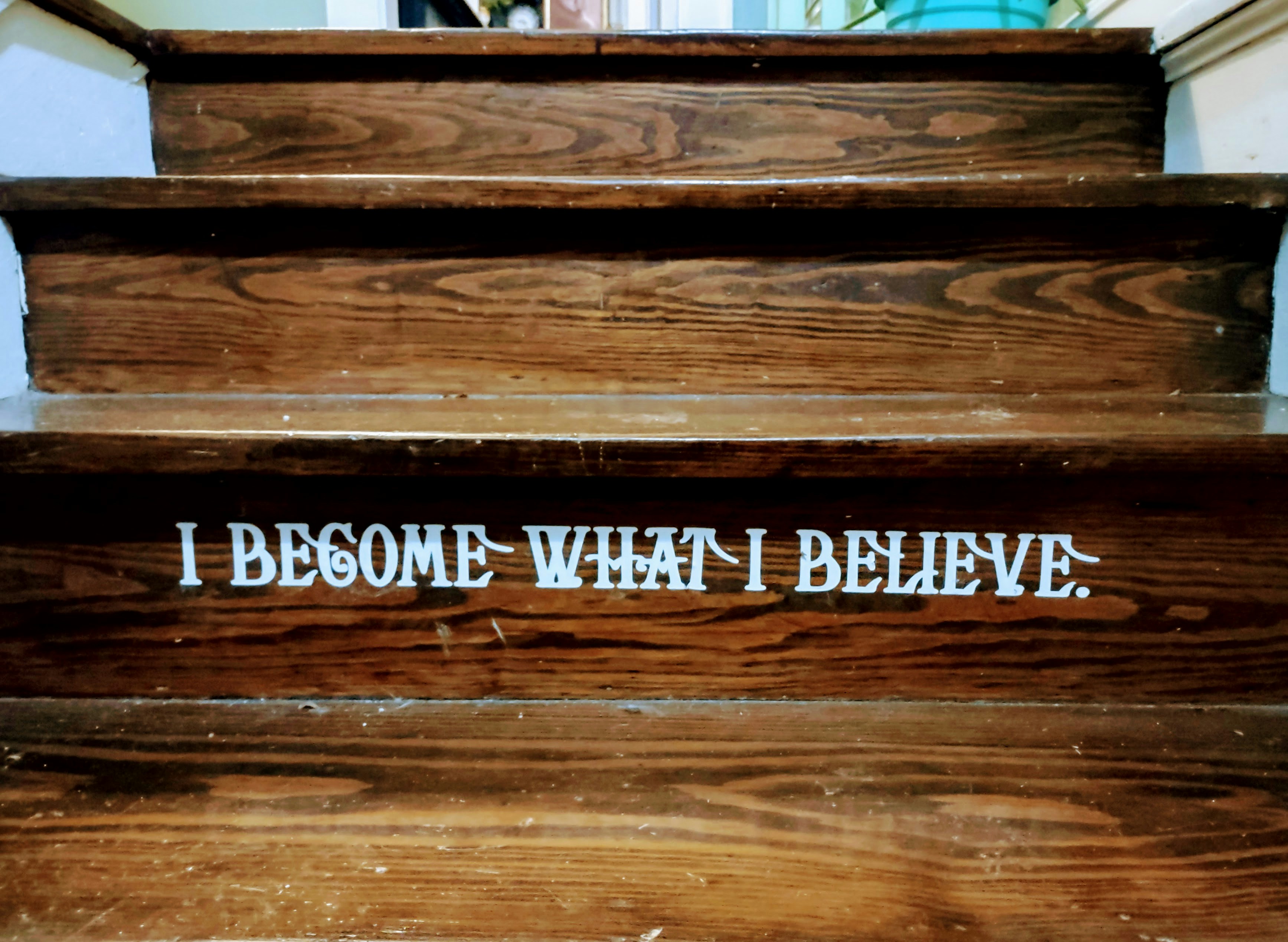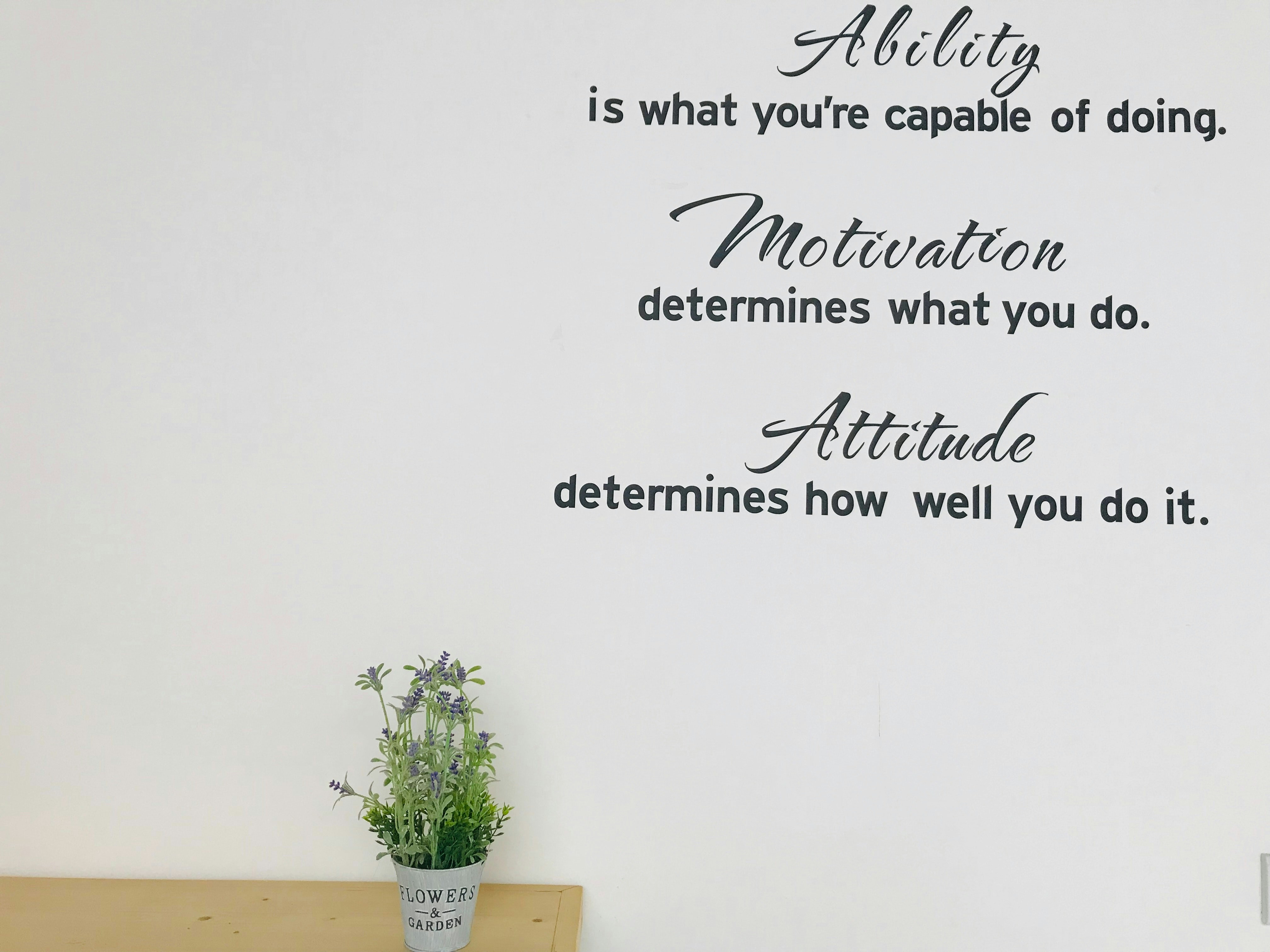Understanding Self-Belief and Self-Doubt
Self-belief can be defined as the confidence in one’s abilities, judgments, and overall worth. It is a fundamental aspect of psychological well-being that enables individuals to pursue their goals with determination and a positive mindset. On the contrary, self-doubt manifests as a lack of confidence and uncertainty about one’s capabilities. These two constructs are not merely points on a spectrum; rather, they are deeply intertwined and significantly influence mental health, behavior, and personal development.
The origins of self-doubt can be traced back to various factors, including childhood experiences, societal expectations, and critical feedback from peers and family members. An individual raised in an environment filled with praise and encouragement is more likely to develop a strong sense of self-belief. Conversely, a background marked by harsh criticism or unattainable standards can foster self-doubt, leading to feelings of inadequacy and anxiety. Psychological research suggests that self-doubt can prevent individuals from taking action, as it often breeds a paralyzing fear of failure.
Furthermore, external influences play a significant role in shaping one’s self-perception. The societal pressures to conform, succeed, or meet certain standards heighten the internal conflict between self-belief and self-doubt. For example, a student may feel overwhelmed by the expectations of peers and parents, which can lead to hesitance in pursuing academic opportunities. On the other hand, personal anecdotes highlight instances where individuals overcame these doubts to achieve success, demonstrating how self-belief can be cultivated despite external challenges.
In essence, self-belief is crucial for motivation and resilience, while self-doubt can hinder progress and lead to anxiety. Understanding these dynamics provides the groundwork for developing strategies to enhance self-belief and mitigate the effects of self-doubt.
Identifying Your Inner Critic
Recognizing the presence of an inner critic is a crucial step in overcoming self-doubt. This inner critic often manifests as negative self-talk, which can significantly hinder personal and professional growth. The first step in identifying this destructive voice is to cultivate self-awareness. Begin by paying attention to your thoughts, especially during moments of challenge or vulnerability. Keep a journal dedicated solely to tracking these thoughts, noting whenever you experience feelings of inadequacy or doubt.
Journaling is a powerful exercise in self-reflection. Each time you catch yourself engaging in negative self-talk, pause, and write it down. This practice will not only help you see patterns but will also give you insights into recurring themes within your inner dialogue. Consider what triggers your self-doubt. Is it a specific situation, a particular individual, or perhaps a certain outcome you fear? By identifying these triggers, you can begin to address them directly.
Mindfulness practices can further facilitate this process of recognition. Engaging in mindfulness meditation allows you to observe your thoughts without judgment, fostering a non-reactive awareness of your mental landscape. During these sessions, focus on any negative thoughts that arise; acknowledge them as part of your human experience, rather than truths. This separation from your inner critic helps to diminish its power over you.
Over time, this heightened awareness will enable you to challenge the validity of your inner critic’s assertions. Understanding when and why these negative thoughts occur will significantly aid in diminishing their frequency and intensity. Recognizing your inner critic is the foundation for building self-belief and empowering yourself to live beyond the limitations set by doubt.
Practical Strategies to Build Self-Belief
Building self-belief is crucial for personal and professional growth. One effective approach is to set achievable goals. By breaking down larger objectives into smaller, manageable tasks, individuals can create a clear roadmap towards success. This enables the individual to focus on incremental progress rather than overwhelming aspirations, making it easier to maintain motivation. Each completed task contributes to a sense of accomplishment, reinforcing self-belief.
Another essential strategy is to celebrate small wins. Recognizing and rewarding oneself for even the smallest achievements can foster a positive mindset. This could be as simple as acknowledging progress in personal development or treating oneself after completing a challenging project. Celebrating these victories helps to cultivate a self-believing attitude, as individuals become more aware of their capabilities and strengths.
Furthermore, practicing positive affirmations can significantly influence self-belief. This involves repeating constructive statements about oneself, which helps challenge and counter negative self-talk. Affirmations can serve as powerful reminders of one’s value and potential. When incorporated into daily routines, such as during morning rituals or before important tasks, affirmations can gradually reshape one’s self-perception.
Visualization is also a potent technique for enhancing self-belief. By mentally imagining oneself succeeding in various situations, individuals can create a vivid framework of success. This mental rehearsal makes the prospect of achievement more tangible, leading to increased confidence and readiness to confront challenges.
Additionally, surrounding oneself with supportive people plays a significant role in reinforcing self-belief. Engaging with encouraging friends, family, or colleagues can provide a foundation of positivity and motivation. Seeking mentorship further amplifies this effect, as mentors can share their experiences and offer guidance, facilitating personal growth.
Readers are encouraged to craft a personalized action plan that incorporates these strategies, ensuring long-term reinforcement of their self-belief and resilience against self-doubt.
Silencing the Inner Critic: Mindfulness and Resilience
To effectively silence the inner critic that plagues many individuals, it is essential to incorporate mindfulness practices and resilience-building exercises into daily routines. Mindfulness involves being present in the moment, allowing individuals to observe their thoughts without judgment. By recognizing negative thought patterns associated with self-doubt, a person can begin to challenge and restructure these beliefs. Cognitive restructuring, a core component of cognitive-behavioral therapy, provides a framework for identifying distorted thinking and replacing it with more balanced and constructive thoughts. This practice enhances awareness and fosters an environment where self-criticism diminishes.
In tandem with cognitive restructuring, meditation serves as a powerful tool for cultivating mindfulness. Regular meditation can reduce anxiety and increase emotional regulation, providing a space for individuals to connect with their inner selves. Simple breathing exercises—such as inhaling deeply for a count of four, holding for four, and exhaling for six—can activate the body’s relaxation response, significantly reducing stress and promoting clarity of mind. When individuals approach their thoughts with a sense of calm and openness, their inner critics become less overpowering.
Additionally, embracing self-compassion is crucial for silencing inner critics. Self-compassion involves treating oneself with kindness during moments of perceived failure or inadequacy. This practice fosters resilience, allowing individuals to view challenges not as insurmountable obstacles but as opportunities for growth and learning. A growth mindset, which emphasizes that abilities and intelligence can be developed through effort, encourages a proactive approach towards personal development.
Real-life success stories highlight how individuals have effectively navigated self-doubt and transformed their inner dialogue. These narratives serve as powerful reminders that overcoming self-criticism is possible and pave the way for greater self-belief. By implementing mindfulness practices and resilience-building strategies, one can quiet their inner critic and embark on a journey towards greater self-acceptance and belief.





